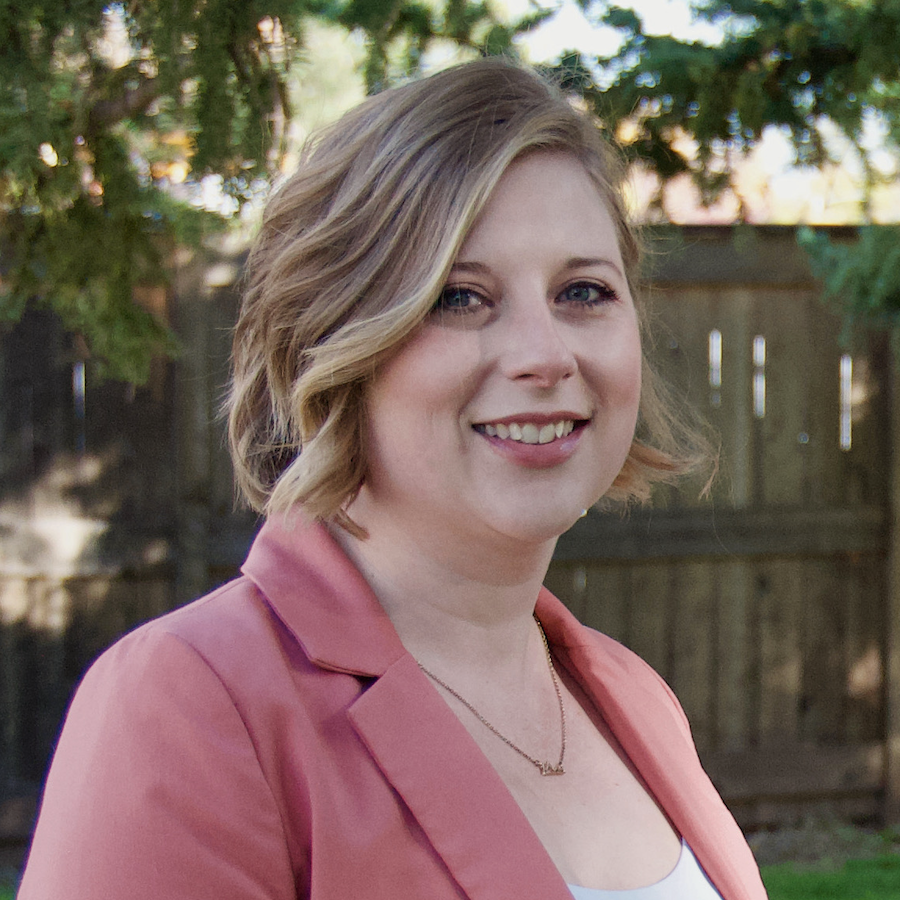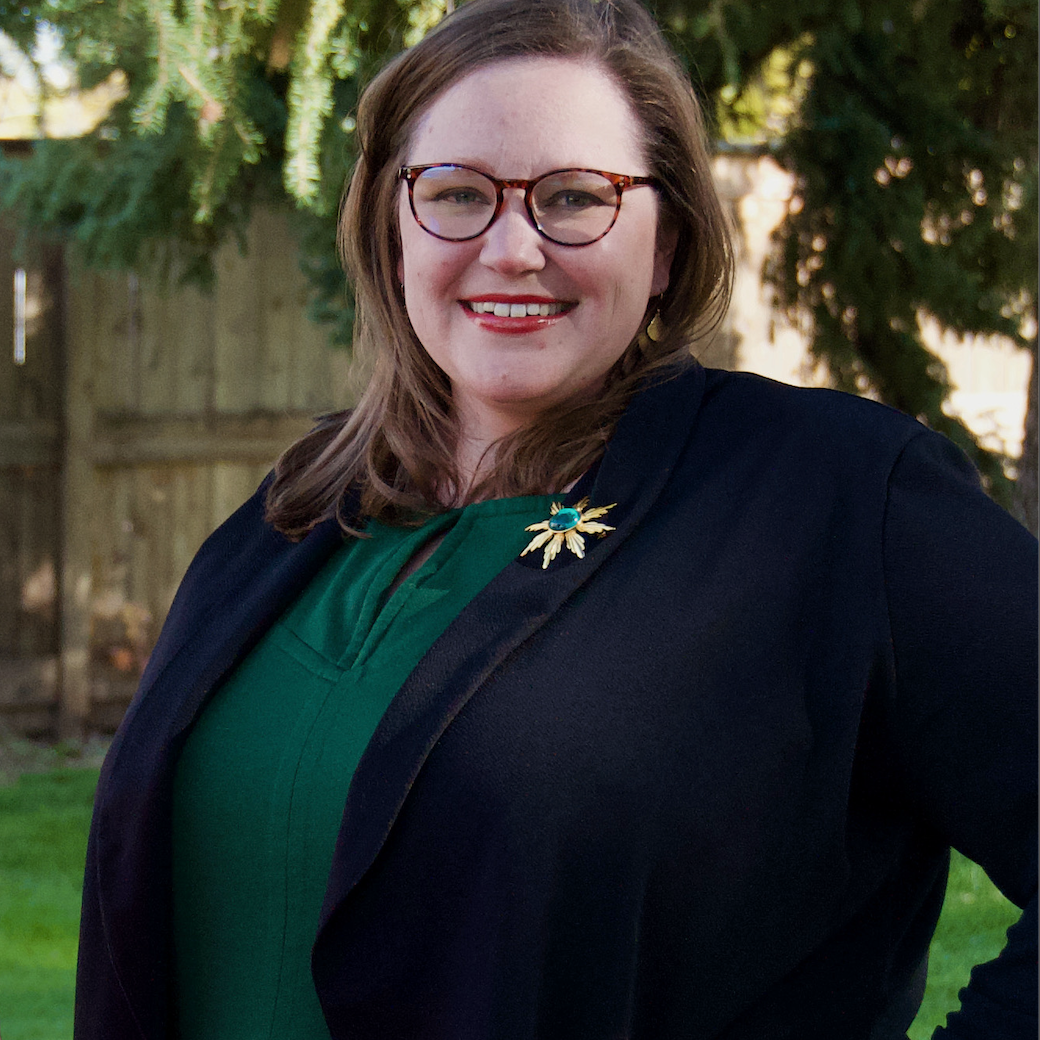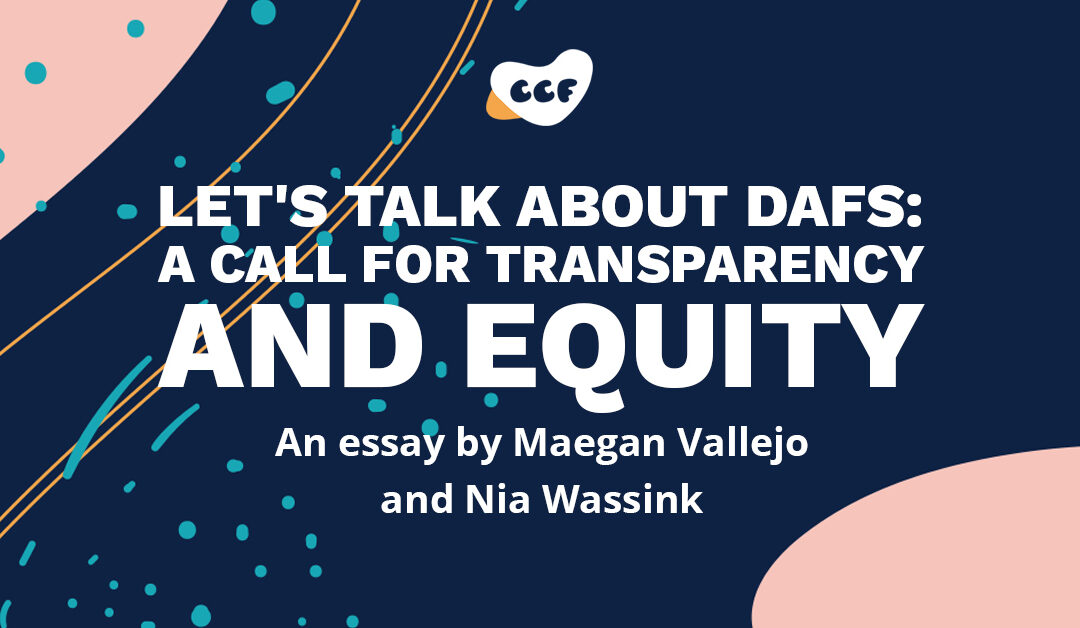By Maegan Vallejo and Nia Wassink, Consultants for Philanthropic Transformation
The existing lack of oversight and giving requirements for donor-advised funds (DAFs) raises pressing concerns that extend beyond philanthropy.
The history of philanthropy in the United States is marked by entrenched inequities, as wealthy white individuals historically shaped the rules and structures of charitable giving. The existing lack of oversight and giving requirements for donor-advised funds (DAFs) raises pressing concerns that extend beyond philanthropy.
The current requirements for establishing and managing DAFs, when left unaddressed, support the widening wealth gap, the diversion of tax dollars from communities (for every $1 donated by a billionaire, taxpayers may contribute as much as 74 cents in avoided tax revenue, emphasizing a need for more scrutiny and oversight), and even pose a threat to democratic principles.
In this essay and our guide, “Let’s Talk about DAFs,” our goal is not to advocate for the abolition of DAFs. Instead, we hope to highlight systemic issues perpetuated by DAFs, encourage critical conversations and a call for reform, and emphasize a need for a collaborative push toward positive change.
Systemic Challenges and Wider Impact
$1.4 trillion is currently set aside in private foundations and DAFs, and there is an absence of evidence showing that DAFs help increase charitable giving. Together, these facts raise questions about their effectiveness.
While there are a few noteworthy instances, such as the #HalfMyDAF movement, there is insufficient data to demonstrate that DAFs are contributing significant donations to support philanthropic efforts that benefit communities. On the other hand, there is a growing body of evidence to suggest that DAF dollars are only supporting the fund balances of their managing institutions. An example of this unchecked growth is the SDG Impact fund that grew from $238 million to $10 billion in one year, the implications of which are explored further in “The $10 Billion Charity No One Has Heard Of” in the Chronicle of Philanthropy.
Systemic hurdles, including restricted access to financial institutions, property ownership, education, and labor market discrimination, have contributed to the widening racial wealth gap in the United States. On average, Black or Latino households possess only about 15-20% of the net wealth compared to their white counterparts. Furthermore, approximately 90% of the top 10% of wealthy Americans are white, holding 77% of the total wealth. These statistics illuminate the continued overrepresentation of white individuals in the realm of philanthropy, including the ownership of DAFs.
While there are high-net-worth donors of color who utilize DAFs, their giving decisions, as outlined in “Philanthropy Always Sounds Like Someone Else,” are often shaped by experiences of racism, discrimination, and bias. A significant number of these donors reported a lack of engagement with financial or giving advisors, reflecting historical barriers to financial institutions and the absence of representation in advisory fields.
This distrust towards financial institutions among people of color and historically excluded communities poses a notable obstacle, especially since advisors play a crucial role in guiding clients on wealth-building strategies, including the incorporation of philanthropic tools like DAFs into their plans.
The documented underfunding of organizations led by communities of color and historically excluded groups also persists. In the fiscal year 2021, only 26% of BIPOC-led nonprofits received unrestricted funding, in stark contrast to the 41% received by white-led nonprofits. This perpetual underfunding restricts these nonprofits’ access to funders, including DAFs, and limits their involvement in decision-making processes within the philanthropic sector.
In response to the spotlight on economic, racial, and healthcare crises in the United States in 2020, philanthropy did initially exhibit a shift. There were increased commitments to racial justice, adoption of trust-based philanthropic practices, such as simplifying grant applications, and a redirection of more unrestricted funds.
However, despite these promising signs, many of these changes were not sustained. Several funders reverted to previous grant application processes and resumed limiting unrestricted funding. Less than two-thirds of the $11.9 billion pledged for racial justice by foundations and corporations reached the intended grantees.
The perpetuation of the wealth gap underscores the need for reparation efforts through philanthropy. Despite the racial wealth gap being a focal point, entities managing DAFs often lack incentives to address wealth origins and investments. A study commissioned by the Council on Foundations suggests that foundations could have paid 6.5% annually and still grown their assets, emphasizing the need to rethink the 5% payout requirement (INCITE! Women of Color Against Violence).
Unveiling Transparency Issues
DAFs serve as immediate tax benefits for donors, offering discretion in recommending donations to nonprofits. Managed by entities like Fidelity, Vanguard, or community foundations, DAFs are simpler, cheaper, and less time-consuming to establish than private foundations. While these features are advantageous for donors, challenges arise from the lack of transparency, especially for nonprofits with budgets under $100,000, who struggle with donor contact and understanding DAF workings.
These views persist in the 2023 FreeWill Donor-Advised Fund Report. Entities featured in this report, operating with budgets under $100,000, demonstrated the lowest likelihood of obtaining and seeking donations from DAFs. Of the respondents, 42% faced difficulties in soliciting DAF contributions, and 25% encountered challenges with anonymous DAF donations. This led to the expenditure of time and resources in attempting to trace donor information for proper stewardship.
Revelations such as Fidelity Charitable’s contribution of $4.9 million to 31 designated hate groups between 2015 and 2017 further expose the transparency challenges within DAFs. The extent of due diligence on grant recipients varies based on the managing institution. At a minimum, they are required to verify 501(c)(3) status for tax purposes, and for many, this constitutes the scope of their vetting process.
Efforts to regulate DAFs, like the Accelerating Charitable Efforts (ACE) Act, faced opposition, primarily driven by concerns about a slowdown in philanthropic giving, donor privacy protection, and threats to endowed DAF perpetuity. Key organizations opposing regulation include the Council on Foundations, the National Philanthropic Trust, and the Philanthropy Roundtable. What is particularly troubling about the arguments against regulating DAFs is their complete disregard for the historical context and systemic inequities that have shaped philanthropy’s current state.
Call to Action: Building Collaboratives and Shifting Inequities
While we acknowledge that we may not possess all the answers, our aspiration is for this discourse and ideas for change to serve as a step in propelling DAF reform forward.
While barriers persist, disruptive fundraisers play a crucial role in catalyzing change. Recognizing the complexity of DAF challenges and disrupting the status quo requires collaborative efforts. Building a network starts by actively listening during team meetings, engaging with donors, and connecting with community members who articulate concerns about philanthropic inequities.
Potential avenues to promote DAF reform could include:
- Creating a collaborative: We encourage you to identify those who share your commitment to sparking change and start a collaborative, even if initially small. Nurture these partnerships, providing mutual support and accountability. Expanding this collaborative effort by joining forces with other disruptors is crucial for sustaining momentum.
- Ensuring leadership is committed to and comprehends JEDI work: We know organizational leadership isn’t always aligned with the pursuit of equitable changes in the sector, creating potential barriers at executive or board levels. Circumstances vary, but a key aspect of transforming DAFs involves gaining leadership’s support for change. A strategic beginning could be to ensure leadership is committed to and comprehends the implementation of justice, equity, diversity, and inclusion (JEDI) work. Once this understanding is established, leadership will recognize the imperative for shifts in fundraising practices, especially concerning DAFs.
- Educating donor-advised fundholders and fund advisors: Engaging in candid and authentic conversations with donor-advised fundholders and fund advisors stands out as another potent action to address inequities around DAFs. Given our expertise as fundraisers immersed in the realm of philanthropy, we have a unique understanding of the negative implications associated with DAFs, a perspective our donors may lack. Some might have opened a DAF on a financial advisor’s recommendation without contemplating its impact. When approaching these discussions, it’s crucial to convey to fundholders that they can actively contribute to the solution. A non-confrontational approach fosters successful collaboration, emphasizing proposed changes and conversations about JEDI and philanthropy as transformative and exciting. This positive framing shifts the focus from problems to hopeful possibilities.
- Engaging with community foundations: Meet with your local community foundation staff to understand their processes for connecting nonprofits with DAFs. Encourage colleagues to do the same and collectively hold these institutions accountable through educational sessions.
- Bringing in external educators and allies: Bring in external educators to assist staff and board members in comprehending and embracing the changes and conversations promoting equity within the organization.
- Advocating for legislative reforms: Support legislative fixes to address issues related to under-regulated DAFs. Launch campaigns within your organization or the broader nonprofit community to inform elected officials about the benefits of regulations like annual spending requirements.
- Following advocacy organizations: Stay informed and aligned with organizations supporting legislative changes, such as CalNonprofits, Minnesota Council of Nonprofits, and the Initiative to Accelerate Charitable Giving. Collaborate with like-minded entities to amplify the collective voice advocating for reform.
It is important to note that implementing certain work or practices cannot be done in a one-size-fits-all manner. The philanthropic sector has perpetuated inequities by relying on a uniform set of “best practices.” These practices often create unrealistic expectations for smaller or grassroots organizations, such as expecting donors to receive a tax receipt within two weeks. Additionally, the nonprofit sector’s focus on donors has led to a disproportionate amount of power being given to them instead of the communities they serve.
While we acknowledge that we may not possess all the answers, our aspiration is for this discourse and ideas for change to serve as a step in propelling DAF reform forward. It is essential to recognize that you are not embarking on this journey alone; there are resources and information available to provide support and contribute to the evolution of positive change. We hope this can be a catalyst for a broader conversation, fostering a sense of community and collaboration in addressing these challenges. The intent is to inspire collective action and provide a foundation upon which others can build, extending the reach and impact of these efforts for lasting transformation.
To access deeper information about this topic, “Let’s Talk about DAFs” can be downloaded here.
We want to express gratitude to those who reviewed and provided feedback on this work, recognizing their inspiring efforts to better the philanthropic field: Madeleine Binsfrahm, Luna Philanthropy, Mallory Mitchell, Dan Petegorsky, Lauren Pietrek, and Michelle Shireen Muri. The collaborative spirit embodied in this work signifies a step towards transformative change.

Maegan Vallejo
Maegan Vallejo (she/her) is the Senior Consultant at Prismatic Consulting. With over a decade working as a fundraiser in the nonprofit sector—for everything from small-scale organizations to a community foundation—Maegan is obsessed with innovating new equitable philanthropic practices that are inclusive and effective. She also works with clients as a writer, strategist, coach, and problem solver. Maegan is committed to expanding community participation in creating lasting social change, and she currently empowers clients to connect with their communities in ways that are strategic and transformative. You can connect with her on LinkedIn or via email (maegan@teamprismatic.com).

Nia Wassink
Nia Wassink, MNM (she/her) is the Owner and Principal at Prismatic Consulting. She has worked with and for the nonprofit sector her entire career. Her experience crosses organizational size, structure, and roles. For Nia, consulting is about opening up possibilities and removing barriers for clients to reach new heights of their work and missions. Nia is especially passionate about addressing diversity, inclusion, equity, and access within nonprofits from Board governance practices to increase diversity, implementing community-centric fundraising practices, to creating truly inclusive strategic planning processes and plans. You can connect with her on LinkedIn or via email (nia@teamprismatic.com).
Discover more from CCF
Subscribe to get the latest posts sent to your email.

